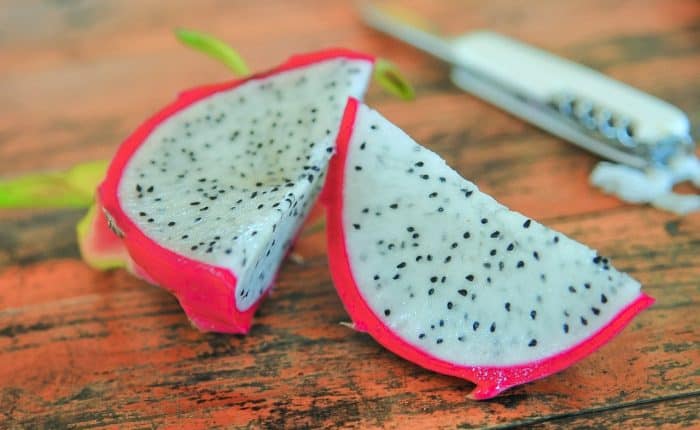Here are a few articles on Colombia that you may enjoy reading!
The Fast Track To Colombian Residency
The Expat Life in Cartagena, Colombia
Like Our Articles?
Then make sure to check out our Bookstore... we have titles packed full of premium offshore intel. Instant Download - Print off for your private library before the government demands we take these down!






